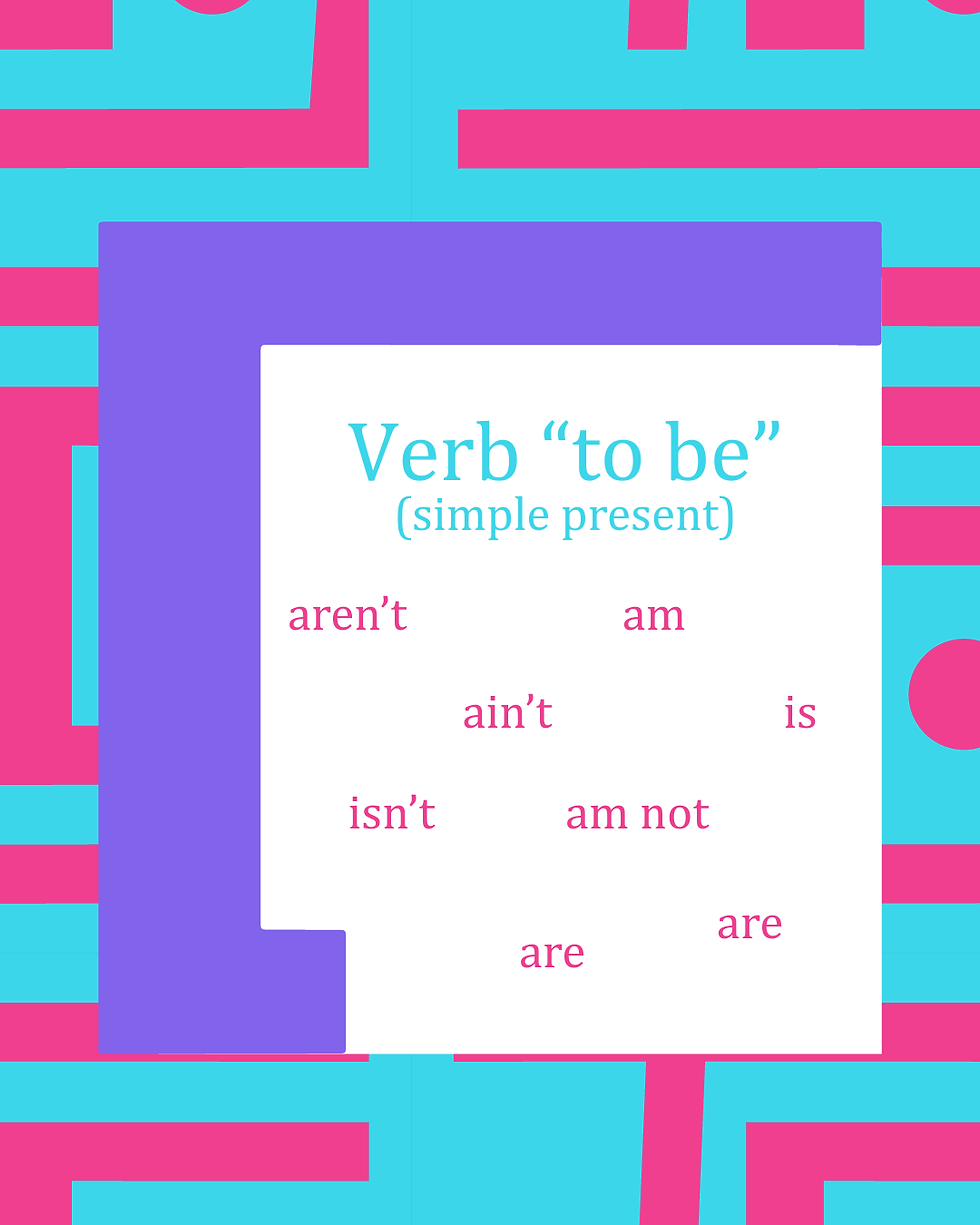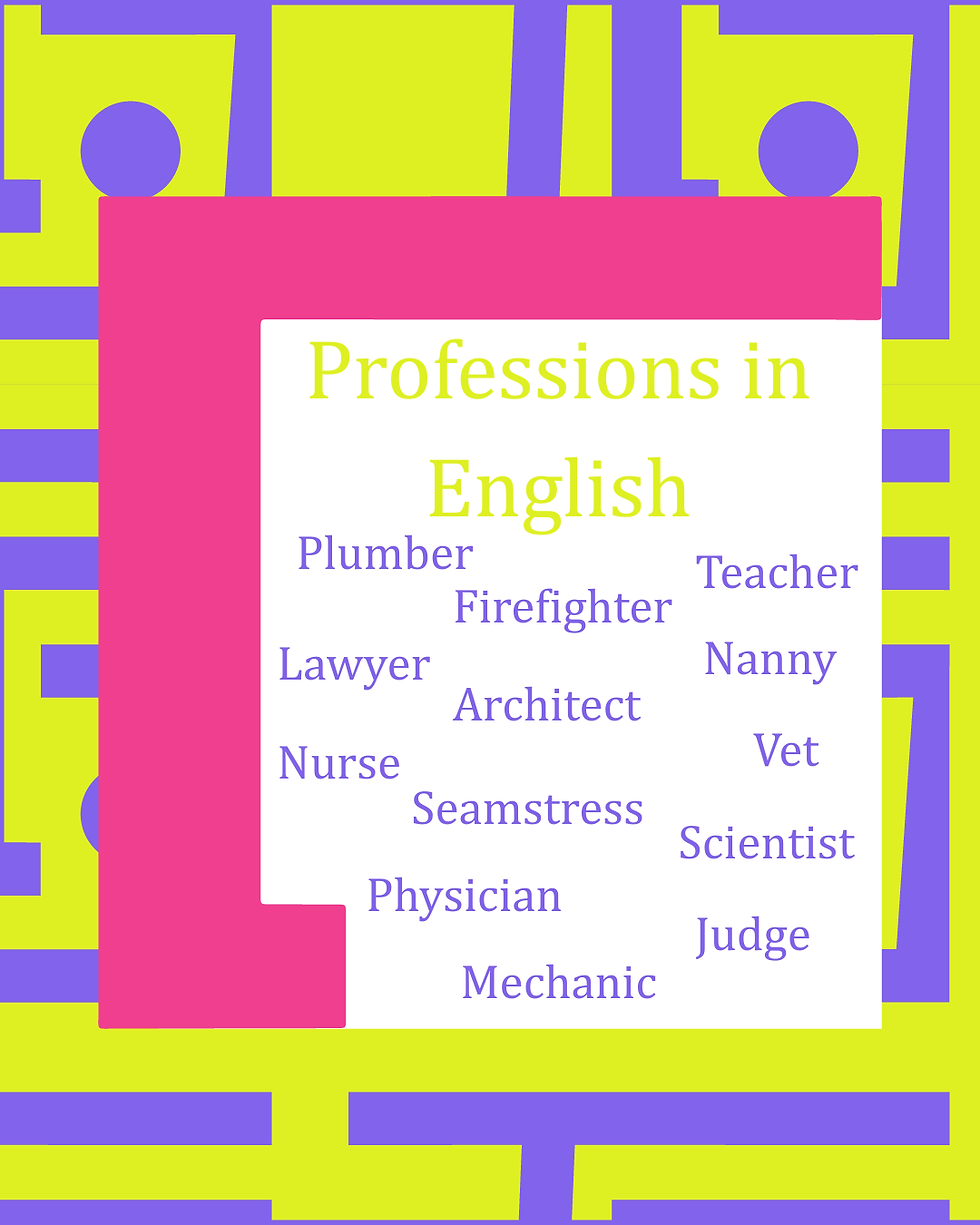Digraphs in English
- Carolina Araujo
- 23 de set.
- 1 min de leitura
Hello amigringo!
Digraphs are combinations of two letters that produce a single sound (phoneme). They can be consonant digraphs or vowel digraphs, producing a single consonant sound or a single vowel sound. They are extremely frequent in English, such as the words "phone" or "teacher", where "ph"/f/ only represents one sound (phoneme) or "ea"/i:/ only represents one sound (phoneme).
Consonant digraphs:
Ch → /tʃ/: Chair; Chore; Chain;
Sh → /ʃ/: Shower; Shoe; Sheet;
Th → /θ/: Think; Thin; Thought;
/ð/: The; This; That;
Wh → /ʍ/: What; where; When;
Ph → /f/: Phone; Physics; Photography;
Ng → /ŋ/: Sing; Long; Song;
/ŋɡ/: Finger; Anger; Hunger;
Ck → /k/: Check; Back; Knock;
Kn → /n/: Knock; Knee; Knife;
Vowel digraphs:
Ai → /eɪ/: Rain; Train; Main;
Ee → /iː/: See; Tree; Three;
Ea → /iː/: Eat; Team; Seat;
/ɛ/: Feather; Bread; Head;
/eɪ/: Steak; Break; Great;
Oa → /oʊ/: Coat; Boat; Road;
Ou → /aʊ/: Out; Shout; House;
/oʊ/: Shoulder; Soul; Though;
/ʌ/: Young; Country; Double;
/uː/: Soup; Group; Troup;
Ay → /eɪ/: May; Day; Play;
Ie → /aɪ/: Die; Pie; Tie;
/iː/: Chief; Field; Thief;
/ɪə/: Fierce; Hear; Ear;
Ey → /iː/: Monkey; Donkey; Money;
/eɪ/: Grey; They; Prey;
Oo → /uː/: Moon; Food; School;
/ʊ/: Foot; Good; Book;
/ʌ/: Flood; Blood;
It might be confusing sometimes how a some words have a similar writing but a different pronunciation. Regardless, practice makes it easier.
Is it easier know to read and write in English? Have you learned all the digraphs in English? I hope so! If you want to practice with me, just book a lesson!




Comentários